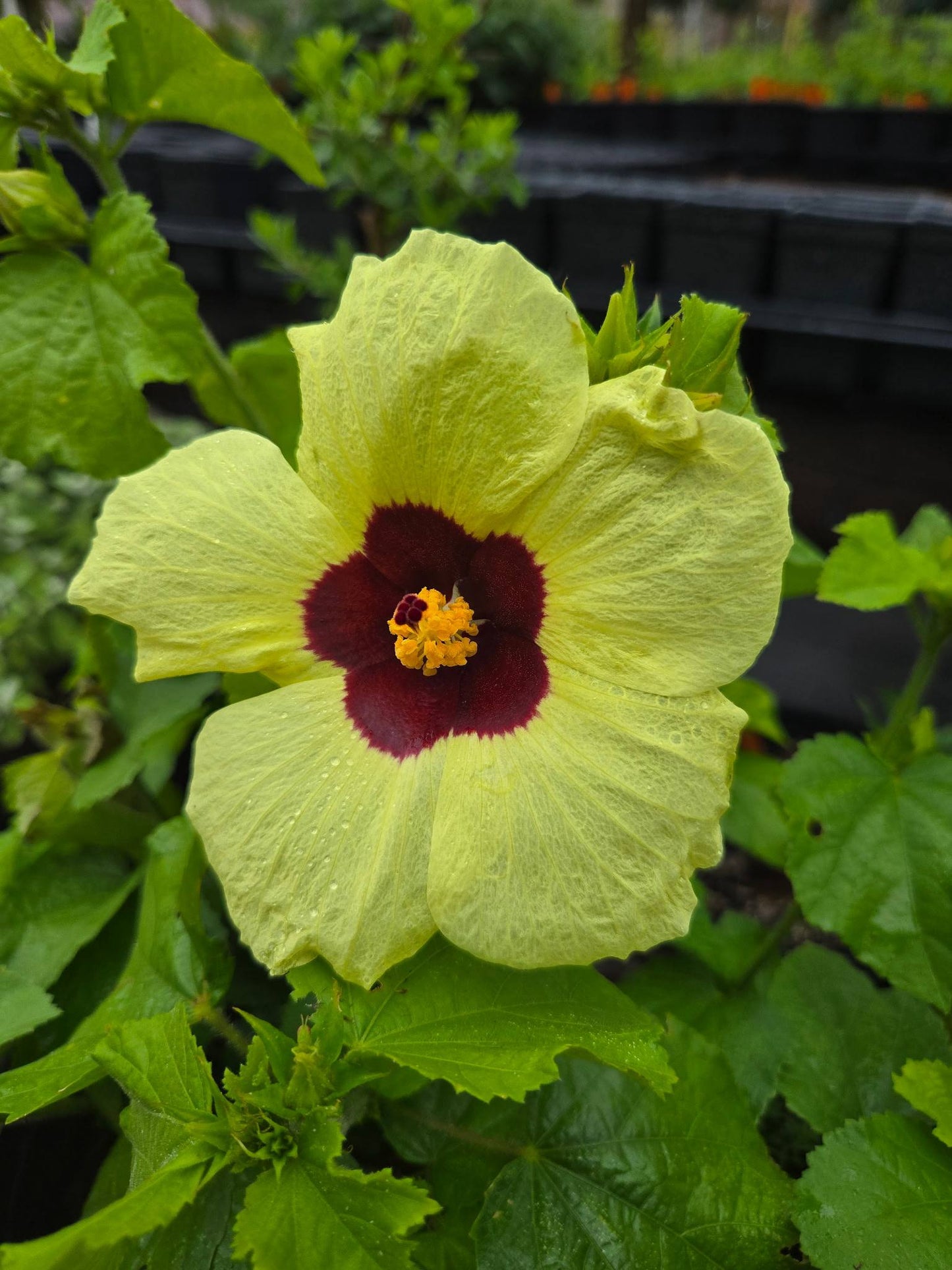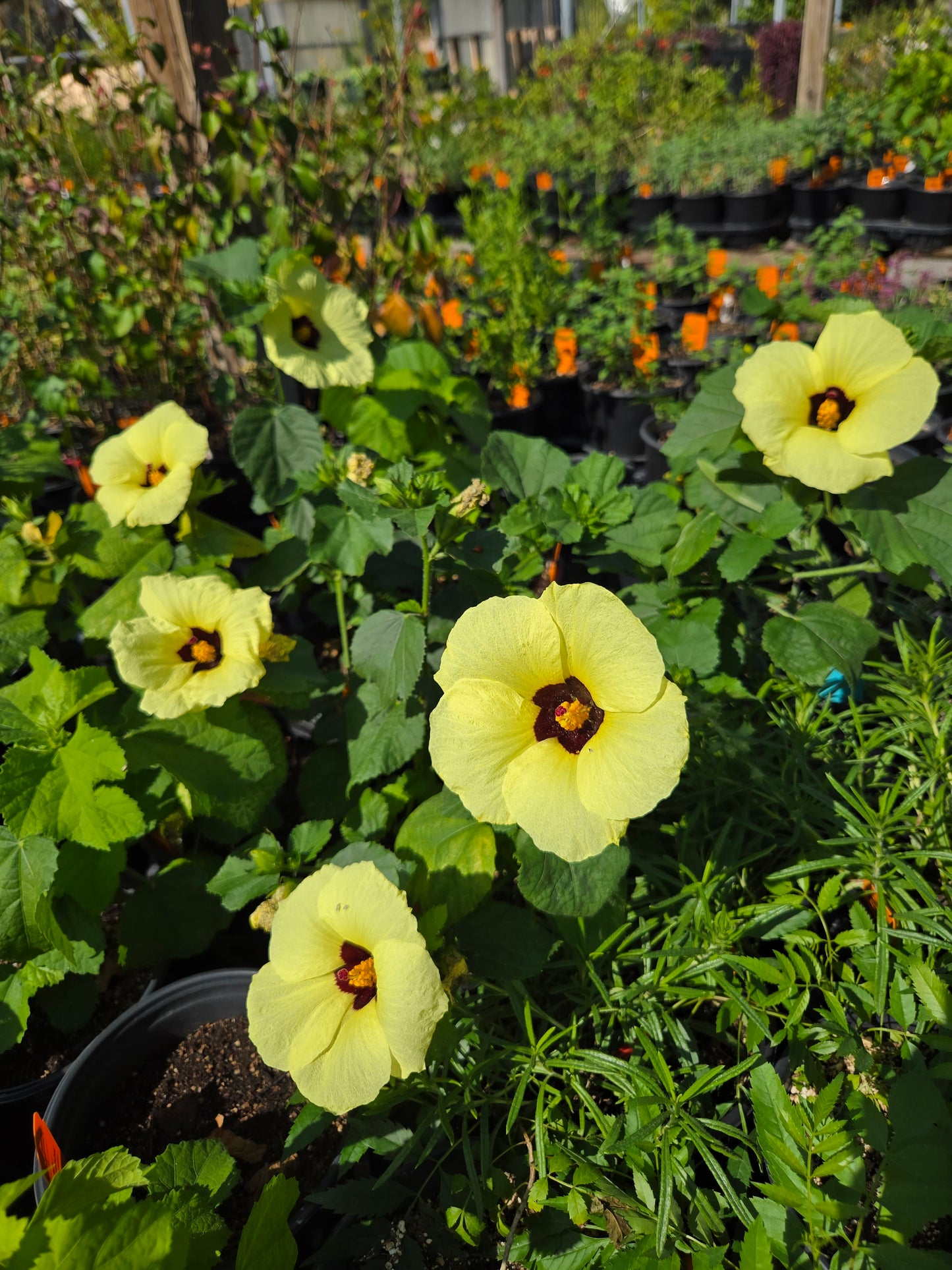1
/
of
3
Hibiscus calyphyllus --Lemonyellow Rosemallow--
Hibiscus calyphyllus --Lemonyellow Rosemallow--
Regular price
$12.60
Regular price
$18.00
Sale price
$12.60
Unit price
/
per
Delivery options available within 45 miles with $40 order!
Couldn't load pickup availability
Hardy South African native that can thrive and bloom in shade, from late spring into fall. Also tolerant of full sun, frost, drought, and wind. Fast grower, lush bloomer. Great hibiscus option!
Tags: All perennials, Attracts hummingbirds, Attracts pollinators, Current, Da, Drought tolerant, Ornamental hibiscus, Perennials, Tree/shrub
Share




